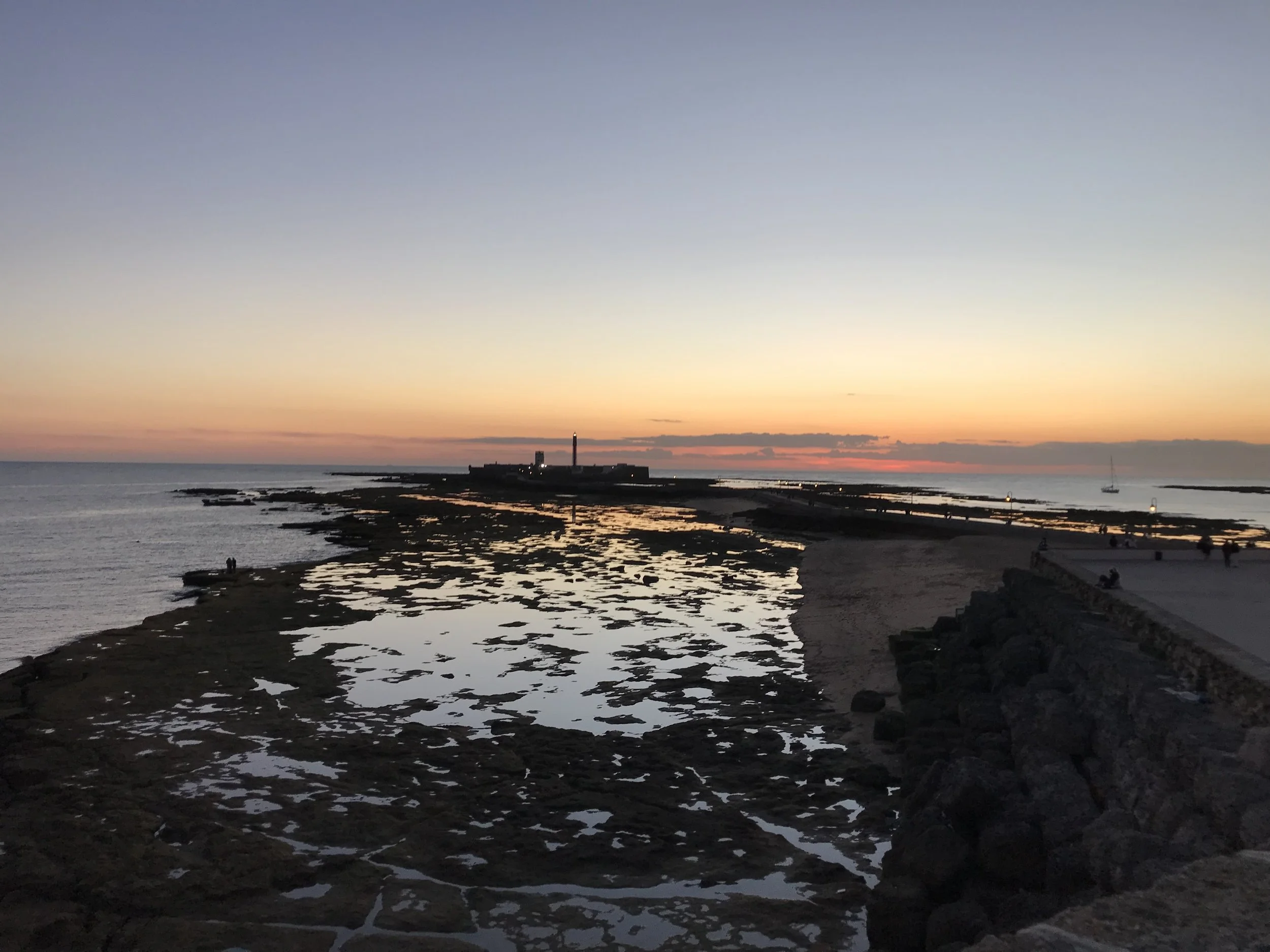Summer in Spain
Spanish summers are long, sunny, and often very hot. In a country that normally loves red wine, summer presents a problem: no one wants a big glass of beefy Priorat or Ribera del Duero on a hot day. In addition to the ever-present cold beer and refreshing long drinks like gin & tonics or mojitos, Spaniards have created a whole array of unique drinks to deal with the heat or simply the desire for something easy to drink.
You’ve surely heard of sangría. And maybe tinto de verano. But kalimotxo? Aigua de Valencia? Clara? What are they? Summer drinks made with wine, and one made with beer, that may not be complex cocktails but they are popular in Spanish bars and cafés and at beach chiringuitos (beach shack bars).
Sangría
Sangría is made with red or white wine, brandy or rum and sugar macerated with fruit such as orange, lemon, apples, peaches or pears. The fruit needs some time to turn over its flavors to the sangría so it’s best to make the sangría a few hours ahead of time. Optionally, soda water is added to the glass when serving. White wine sangría is a better choice for summer than red. Another refreshing option is to make sparkling sangría by substituting (cheap) cava for wine and omitting the sparkling water.
You can find sangría throughout Spain, but it’s more popular with tourists than with locals. With food, Spaniards almost never drink sweet drinks, and when it’s time for after-dinner drinks they stick to their gin and tonics or similar combinations. Sangría doesn’t fit neatly into the Spanish lifestyle, too sweet and too strong due to the addition of liquor. If you decide you must have sangría in Spain, you often have to order a whole pitcher, making it a commitment. Chiringuitos (Spanish beach bars) are among the most likely places to find decent sangría, although the popularity varies by region. Stay away from bottled or premixed sangría, an unfortunate invention not for human consumption.
Spanish Summer Drinks
The following lower alcohol summer mixtures make it possible to have a little wine or beer in the summer heat without overwhelming the senses. Not to say that Coke mixed with red wine doesn’t take over the taste buds but it’s typically not what people drink with dinner.
Tinto de verano
Tinto de verano, or summer red wine, is red wine mixed with lemon soda or Casera (essentially club soda with a slight lemon flavor.) In the past, it was common to mix red wine with water to dilute it, especially when drinking with food or in hot weather. Tinto de verano is the modern descentant of this tradition, adding fizz and sweetness to make it go down easier. The drink is enormously popular at bars, parties, the beach, or anywhere else refreshment is needed. On summer days in southern Spain, trying to drink red wine any other way is reckless. Tinto de verano is the reason Spaniards don’t drink much sangría, as it’s cheaper, lower alcohol, and incredibly easy to make. Note that Casera and other Spanish drinks companies make premixed tinto de verano, some of which is even served on tap, but mixing basic red wine with something fizzy is much better.
Kalimotxo
Kalimotxo (calimocho) was supposedly invented in the Basque Country. Half red wine, the cheaper the better, half Coca Cola. It stayed under the radar for a while, relegated to Basque fiestas, but it has spread across Spain as a popular street and beach drink. In Spain, kalimotxo is very associated with botellones, gatherings of (usually young) people where each group brings drinks to a park, beach, or plaza and revels until the early morning. You’ll rarely see it at bars or restaurants in Spain, but curiously this simple drink has made inroads abroad, showing up on drinks menus at Spanish restaurants from New York to Tokyo. Since the flavor of Coke is strong, it’s not worthwhile to use good wine for this drink. The cheaper the better, and if it comes out of a box, you’re having the authentic Spanish version.
Aigua de Valencia
This drink seems a little more sophisticated than tinto de verano or the kalimotxo. It´s also more potent. Invented in Valencia it’s made with cava (sparkling wine), freshly squeezed orange juice (Valencia is the orange capital of Spain), vodka and gin. Served over ice, the drink is similar to a mimosa, but packs a punch with the addition of gin and vodka. You’re only likely to find this one in Valencia and nearby towns.
Clara
A clara is the Spanish take on a shandy. Spanish tap beer is very light stuff already, usually a lager with small bubbles, light color, minimal hoppiness and around 5% alcohol. To make a clara, bartenders fill a Spanish beer glass, usually about 12oz, halfway with beer and top it off with something fizzy. The most common and best version is topped with lemon soda like Schweppe’s, Fanta, or Kas. Some people order claras with Casera, but lemon soda works better. Claras are the purest solution to a quintessentially Spanish problem: the beer is refreshing, but if you’re actually hot and thirsty on a hot day in Sevilla or Madrid or Barcelona, it will make things worse despite being tasty. Claras are available across the country. If you want to be sure you won’t get Casera in your beer, order a clara con limón (clara with lemon).

